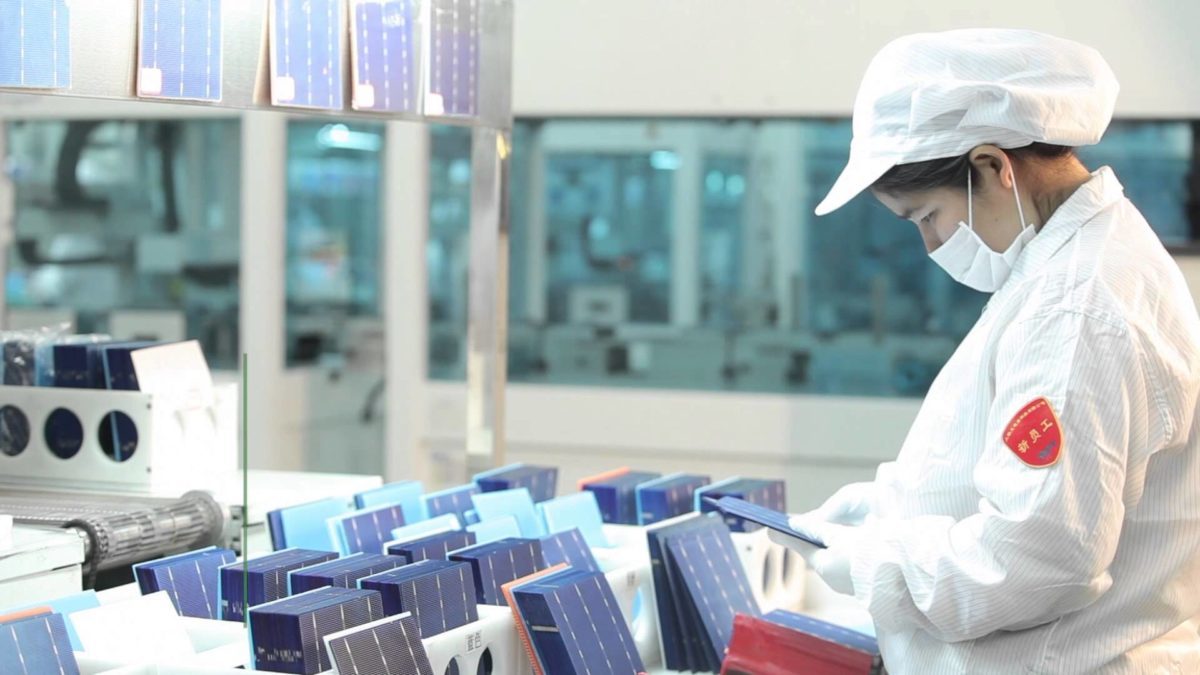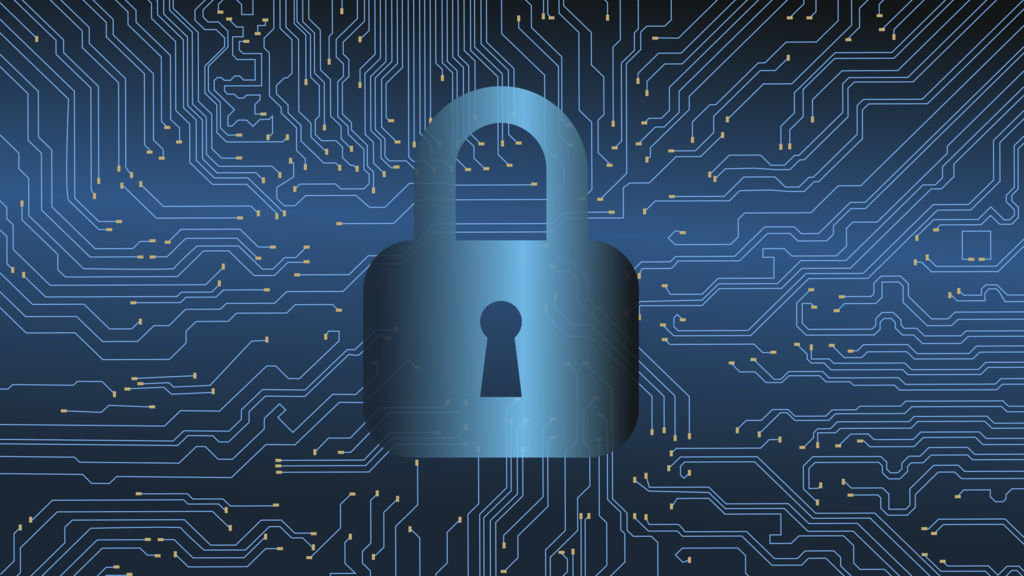In a report, WisolPro says the global market demand for passivated emitter rear contact (PERC) cells will reach 158 GW by 2022, up from 52 GW in 2018, while the available capacity will be 168 GW, up from 64 GW in 2018.
In its analysis, the firm further estimates that PERC’s growth in market share will reach a high in 2022 and then level out. P-type PERC technology, meanwhile, is likely to replace p-type multi-crystalline technology. By 2022, says WisolPro, P-type multi will have nearly vanished from the market. Other technologies, such as heterojunction (HJT), or n-type PERT, will be mostly unaffected by this development, it adds.
China leads the way
China-based manufacturers are said to be taking the leading role in this development. Tongwei, for instance, is ramping up its PERC production, from 300 MW in 2017, to 16 GW in 2020, the analysts state.
If this projection is accurate, Tongwei will overtake JinkoSolar and Hanwha QCells in this segment. In 2017, JinkoSolar produced 2.5 GW of PERC cells, and Hanwha registered a throughput of just over 4 GW.
According to WisolPro’s estimation, the two companies will reach a production level of just over 10 GW, respectively, in 2020. While these three companies are the ones with the most significant output, and the most significant growth margins in this segment, a number of other cell producers are also growing in the PERC segment, albeit at a slower pace.
After p-type multi's market share diminishes in 2022, and PERC’s growth levels out, the latter technology will comprise nearly 70% of the total solar cell market, says WisolPro. Thin film, n-type PERT and HJT technologies will also increase their market share through to 2022, although their individual growth will be dwarfed by that of PERC.
Bifacial boost
WisolPro attributes a significant part of the growth to the rise of bifacial technology. While currently accounting for just short of 16 GW, the technology is projected grow to 68 GW by 2022. Manufacturers of this type of technology are likely to use PERC, due to its low production costs and the possibility of not having to update production equipment. Around 10% of the global PERC cell output will be used in bi-facial applications, it estimates.
The vast majority of this production will take place in China, according to WisolPro, with the aftermath of the 31/5 announcement unlikely to impede PERC cell production levels. The recent lifting of the EU’s MIP tariff scheme will also serve push prices down even further, IHS Markit suggests in a seperate report. WisolPro says in its report that the average price for multi-crystalline modules in Europe will fall to US$0.25/W.
WisolPro expects the levelized cost of electricity (LCOE) for solar will significantly drop in some markets. In 2018, LCOE for solar ranges between $0.05/kWh in Germany, and just above $0.02/kWh in UAE. This is expected to fall to $0.04 and just under $0.02/kWh, respectively. Taiwan, meanwhile, has an unusually high LCOE of $0.13/kWh for solar, and it is set to see the steepest drop, at $0.07/kWh, the analysts report.
This content is protected by copyright and may not be reused. If you want to cooperate with us and would like to reuse some of our content, please contact: editors@pv-magazine.com.




3 comments
By submitting this form you agree to pv magazine using your data for the purposes of publishing your comment.
Your personal data will only be disclosed or otherwise transmitted to third parties for the purposes of spam filtering or if this is necessary for technical maintenance of the website. Any other transfer to third parties will not take place unless this is justified on the basis of applicable data protection regulations or if pv magazine is legally obliged to do so.
You may revoke this consent at any time with effect for the future, in which case your personal data will be deleted immediately. Otherwise, your data will be deleted if pv magazine has processed your request or the purpose of data storage is fulfilled.
Further information on data privacy can be found in our Data Protection Policy.